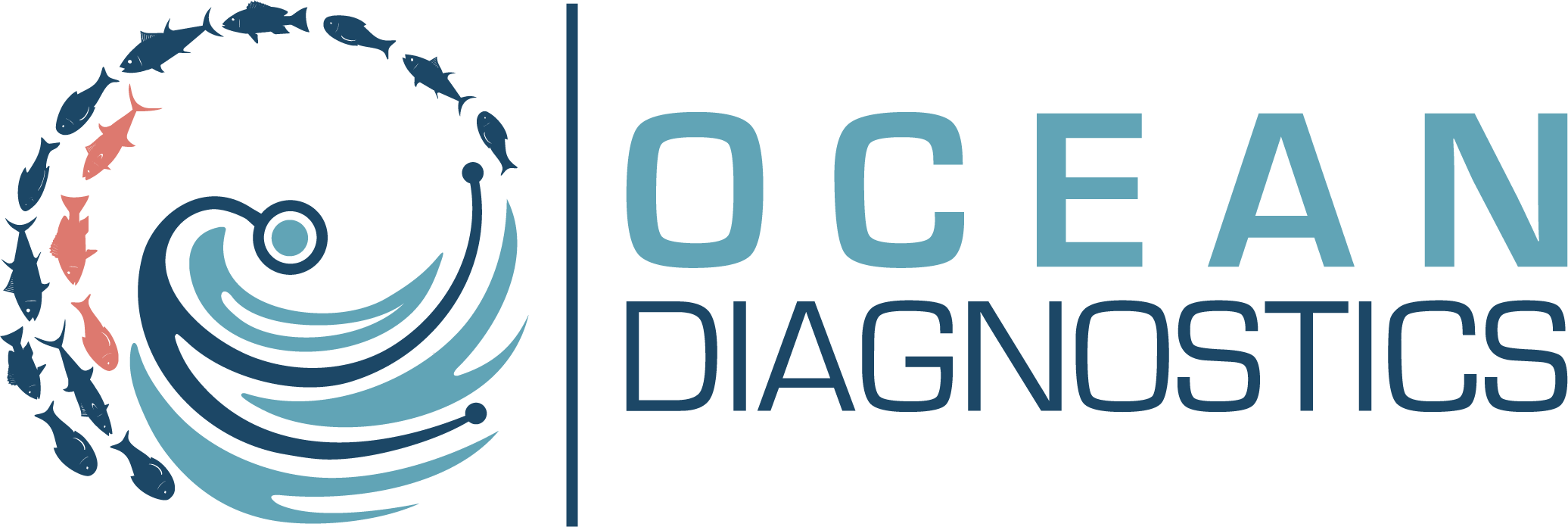What you Need to Know About Plastic Recycling
Is Plastic Recycling Effective?
Many people want to help beat plastic pollution, so they select products with plastic recycling symbols, then rinse and sort them to send to the recycling depot, thinking they've helped to mitigate pollution. Yet, with all these consumer efforts, only 9 per cent of recycling in Canada is actually recycled. Why aren't plastic recycling and waste management measures more effective?
Recycling basically means taking an existing product and turning it into something new. Products made from materials like glass and aluminum are easy to reuse because they are made from one material type. This also makes them cheaper to recycle and creates a demand from manufacturers to buy the reused materials.
Plastics are a different story. There are so many different types of plastics (e.g., polypropylene, polyethylene) that it is difficult to recycle them. This makes the plastic recycling process expensive; it’s cheaper to make new plastic than it is to recycle existing plastic.
What Happens to our Plastic Recycling?
If only 9 per cent of plastics are actually recycled, and we know we put much more into our recycle bins, where does the other 91 per cent of our plastic recycling go? Many developed countries trade their plastic recycling to lesser developed nations because it’s easier and cheaper than actually recycling them. This analysis by Harvard University scientists indicates that 5% of the litter leaking from countries with poor waste management comes from exports from richer countries.
How Can We Improve Plastic Waste Management?
To stop plastic pollution at the source and prevent it from entering the environment we need a global systems change. Systems solutions include regulation and policies to reduce the unnecessary use of plastic, better waste management to capture litter, industry change, increased awareness and behavioural change.
Let's start with behavioural change. While systems change can sound complicated and out of reach for individuals, there are many ways the public can make a difference through their purchasing decisions. The best thing to do is to REFUSE plastic products, especially single use plastics. This also reduces the demand for these products. If you cannot refuse, try to reduce your purchasing or opt for products that can be reused (think of their end-of-life cycle). You can also help to contribute the data needed to inform solutions.
Behavioural change can be really difficult if you’re struggling to make ends meet. Single-use plastic products are often the most accessible option for those with low income. And it’s hard to care about recycling if you’re worrying about how you’ll pay for groceries. In this case, just being aware is enough. Remember, one small action can help to make a BIG difference.
System solutions also require sufficient scientific data to inform decision making. While scientists are working to collect this data, the equipment they have to do so is often insufficient. The public can further help to fill data gaps by participating in Community Science. Community scientists are schools, organizations and volunteers who collect data from their local beach to assess the amounts and types of plastics in their environment. Using technology to evaluate the data and advocacy tools, they can then engage their community in local solutions while contributing information to a global heat map.
With plastic pollution being such a complex problem, collaboration among government, industry, academia, non-profit and the public are essential to tackling the issue. Having access to cutting-edge technologies to make data accessible for scientists, decision makers and the public are imperative.
Learn about our solutions to support researchers, government, industry and stakeholders to collect and analyze the scientific data needed to inform decision making.
